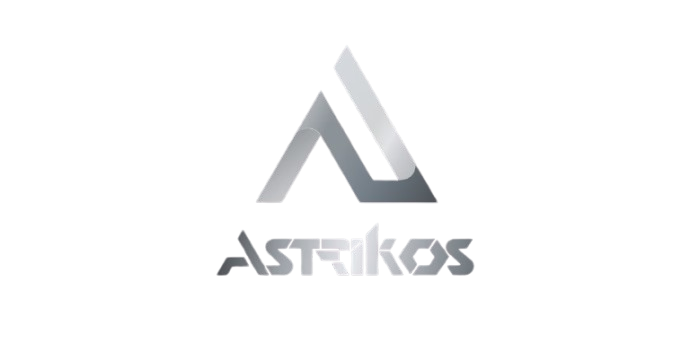AI-Driven Circular Economy – Waste Reduction through Predictive Analytics. As businesses across sectors race to meet net-zero and ESG goals, the circular economy is emerging as a strategic imperative not just for reducing environmental impact, but for unlocking material efficiency, cost savings, and competitive advantage.
Yet, closing the loop on materials isn’t easy. Supply chains are opaque. Waste flows are poorly documented. And most organizations don’t have the systems or data architecture to track, measure, and respond to waste in real-time.
This is where Artificial Intelligence (AI) and predictive analytics offer a transformative leap.
From Linear to Circular: The Case for Predictive Intelligence
Traditional “take-make-dispose” supply chains rely on historical data and reactive waste management strategies. In contrast, circular systems require forecasting, material traceability, and closed-loop design, all of which depend on large volumes of real-time, high-resolution data.
AI is uniquely suited to this challenge. Through machine learning, computer vision, natural language processing, and probabilistic forecasting models, AI enables proactive, system-level optimization.
By integrating sensor data, ERP inputs, logistics patterns, and material composition data, AI enables companies to:
- Predict where and when waste will occur
- Quantify and categorize waste streams dynamically
- Match waste outputs with reuse opportunities elsewhere in the value chain
- Simulate and optimize product redesigns for recyclability and reuse
Demand Forecasting and Overproduction Prevention
One of the root causes of waste in manufacturing and retail is forecast error. Overstocking leads to markdowns and eventual disposal, while understocking can cause rush production and inefficient logistics.
AI-powered demand forecasting engines based on time-series analysis, external variables (weather, macro trends), and reinforcement learning algorithms are helping companies dynamically calibrate supply with demand.
Intelligent Waste Sorting and Materials Classification
After products are consumed or discarded, the ability to recover and reuse their materials hinges on accurate and scalable sorting. Manual sorting is error-prone and limited by human perceptual constraints.
Computer vision and deep learning now power smart sorting systems that can identify waste types at high speed and accuracy.
- Greyparrot uses convolutional neural networks (CNNs) to classify waste on conveyor belts in MRFs (Materials Recovery Facilities). Their AI system can distinguish between HDPE, PET, multilayer plastics, and contaminated materials, providing real-time feedback on stream composition.
- Models are trained on millions of annotated images and continue to improve with reinforcement learning as new waste streams and packaging types are introduced. This automation boosts recovery rates and generates granular datasets to inform product and packaging design upstream.
AI-Enhanced Materials Matching and Repurposing
Once waste is sorted, the next challenge is to find viable secondary applications a core circularity principle. This requires semantic matching of waste characteristics with industrial demand.
Startups like Cyrkl and Circularise use AI to power B2B platforms that map waste streams to resource demand using both structured (material type, composition, volume) and unstructured data (technical sheets, certification, location).
Advanced recommendation engines, built on graph neural networks and similarity-based learning, match waste outputs (e.g., wood dust, post-industrial plastics, construction debris) to relevant buyers or remanufacturers turning linear disposal into circular trade.
Closed-Loop Feedback Through Digital Twins and LCA Models
To move beyond pilot-level circularity, manufacturers are leveraging AI-enabled digital twins and life cycle assessment (LCA) simulations to model the environmental impact of design and supply decisions before they are made.
By integrating bill of materials (BOM), sensor data, and waste flows into dynamic system models, companies can:
- Simulate circular design options in terms of GHG impact, cost, and recyclability
- Run “what-if” scenarios (e.g., swapping a virgin polymer for recycled content)
- Optimize for circular KPIs: waste reduction, secondary material use, end-of-life recovery
These tools, supported by AI agents trained on LCA databases, allow companies to design waste out of the system entirely.
Why It Matters: Scaling Circularity with System Intelligence
In the circular economy, every waste stream is a data stream. But to harness this data effectively, organizations need more than just sensors they need analytics platforms that continuously learn and optimize.
AI offers:
- Granular visibility into materials and processes
- Automation of waste classification and reporting
- Insight generation to inform sustainable design and procurement
- Forecasting and simulation for proactive circular decision-making
Importantly, many of these tools integrate directly with ESG and sustainability reporting systems, ensuring that circularity translates into measurable impact.
Conclusion: Circular by Intelligence, Not Just Design
The future of waste reduction lies not just in better materials, but in better systems. By embedding AI across the lifecycle of products from design to disposal to reuse we can enable a scalable, efficient, and economically viable circular economy.
As startups and enterprises continue to integrate predictive analytics, machine learning, and intelligent automation into circular strategies, we move closer to a world where waste is no longer a liability but a renewable resource in an intelligent system.

